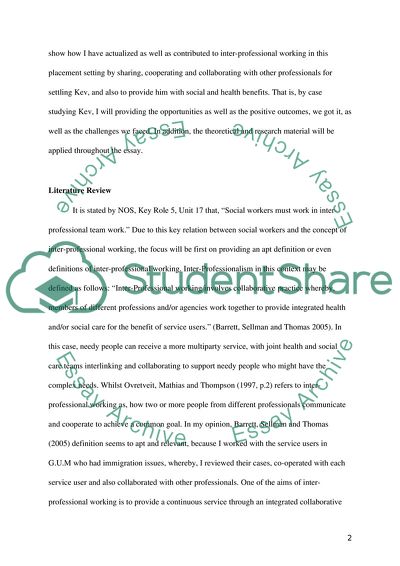Cite this document
(Inter-Professional Working in Social Work Literature review Example | Topics and Well Written Essays - 5000 words, n.d.)
Inter-Professional Working in Social Work Literature review Example | Topics and Well Written Essays - 5000 words. https://studentshare.org/sociology/1835335-inter-professional-working-in-social-work
Inter-Professional Working in Social Work Literature review Example | Topics and Well Written Essays - 5000 words. https://studentshare.org/sociology/1835335-inter-professional-working-in-social-work
(Inter-Professional Working in Social Work Literature Review Example | Topics and Well Written Essays - 5000 Words)
Inter-Professional Working in Social Work Literature Review Example | Topics and Well Written Essays - 5000 Words. https://studentshare.org/sociology/1835335-inter-professional-working-in-social-work.
Inter-Professional Working in Social Work Literature Review Example | Topics and Well Written Essays - 5000 Words. https://studentshare.org/sociology/1835335-inter-professional-working-in-social-work.
“Inter-Professional Working in Social Work Literature Review Example | Topics and Well Written Essays - 5000 Words”. https://studentshare.org/sociology/1835335-inter-professional-working-in-social-work.


